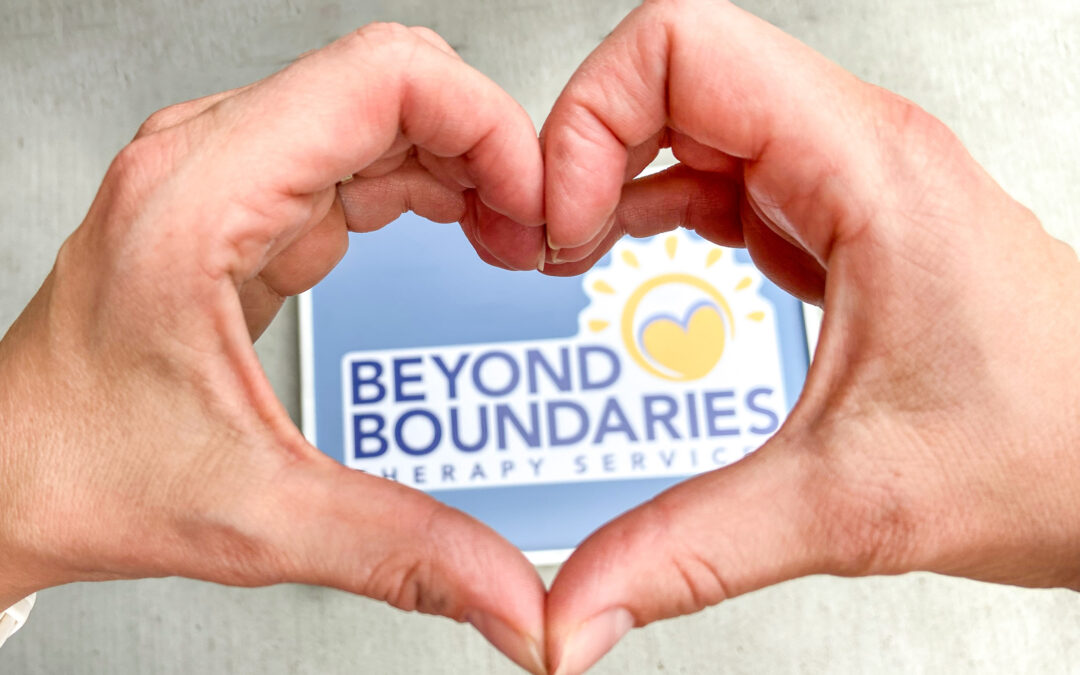A big piece of occupational therapy works with fine motor skills. This includes hand/finger strength, various types of grasp patterns, and for young children, all of these pre-skills lead to handwriting skills! (among other things)
Here are 4 of the most common pencil grasps and when we would expect to see them emerge.
There are 4 grasps we will talk about today:
Kids don’t naturally pick up a crayon right away and hold it like you or I would. Your child’s grasp will depend on their age and how strong their arms, wrists, and hands are.
Around ages 2-3, you’ll see your kiddo switch to using a digital or pronated grasp. With this grasp, your child is starting to hold the writing utensil more with their fingers and less with their entire hand.
- When your child starts coloring, they will likely hold their pencil with a fisted grasp, we expect to see this between the ages of 1 and 2. With this grasp, your child will be using their entire arm to color. We really like crayons that are bigger and easier to hold onto at this age.
- During the preschool years, ages 3.5 to 4, you’ll start to see a modified or transitional grasp pattern. Around this time, you’ll start to see less movement through the entire arm and more movement through the forearm, wrist and fingers.
- Ideally by Kindergarten, we’ll see kids holding their pencil with a dynamic quadrupod or tripod grasp. These are the most efficient grasp patterns for writing because your child will be able to use their fingers and wrist to move the crayon or pencil versus their entire arm. Also by this time, we are looking for kids to be using the same hand for all writing, coloring, and cutting tasks.
Here are a few things to keep in mind:
- Your child may not progress perfectly through each of these stages, and your child may never hold their pencil with a tripod or quadrupod grasp.
- We are more concerned about function than having the perfect grasp. If your child’s handwriting is easy to read and they aren’t complaining of their hands getting tired, there’s no reason to change the grasp.
- If you are looking for tips to encourage your child to use a better grasp, keep reading!
Fun activities for a better pencil grasp!
In the previous paragraph, I talked about the 4 pencil grasps that we typically see when kids are learning to write. This time, I’m going to share 5 ideas to encourage improved pencil grasp.
Keep in mind that your child may not progress perfectly through each of these stages and your child may never hold their pencil with a perfect tripod or quadrupod grasp. We are more worried about function: can you read their writing and are they able to write without complaining about their hands being tired.
- More play, less technology! I’m sure you’ve heard this before, but kids are spending so much more time on tablets or watching TV than ever before. Simply playing with toys or board games rather than engaging in technology can help.
- Get out those kitchen utensils, because they are going to be so helpful! Have your child practice scooping and stirring with spoons, picking things up with tongs, or pulling items out of a whisk.
- Playdough is such a great activity for hand strengthening. If you ask your therapist, they can recommend specific strengthening exercises. Two of my favorites are treasure hunts and cookie cutters.
- Treasure hunt: Have your child place small objects such as coins or beads in the playdough then mix it up. Don’t forget to count how many objects you put in so you know how many treasures they need to find!
- Cookie cutters: Most people have cookie cutters in their kitchen. Have your child cut out pieces of play dough using the cookie cutters!
Ok, you may have noticed that the first 3 activities didn’t even involve writing utensils. That’s because there are so many things we can focus on beyond coloring and writing. So much of your kid’s success depends on their arm, wrist, and finger strength. These next 2 ideas actually involve writing utensils.
4. Coloring on a vertical surface: This activity is great because it requires so much more strength. Your child won’t have the option to slouch into their chair or rest their arms on the table. A fun alternative is taping paper under a table or chair and having your child lay on their back while coloring!
5. The final activity is what I like to call “The Magic Trick”. This is for older kids, ages 5 and up, that are working towards a tripod grasp. Place a cotton ball or pom pom in your child’s palm, then have them “hide” it with their pinky and ring fingers. Next grab a writing utensil with the remaining 3 fingers.
Written by Brianna Jastram, OTR/L
Beyond Boundaries Therapy Services, Fargo ND


